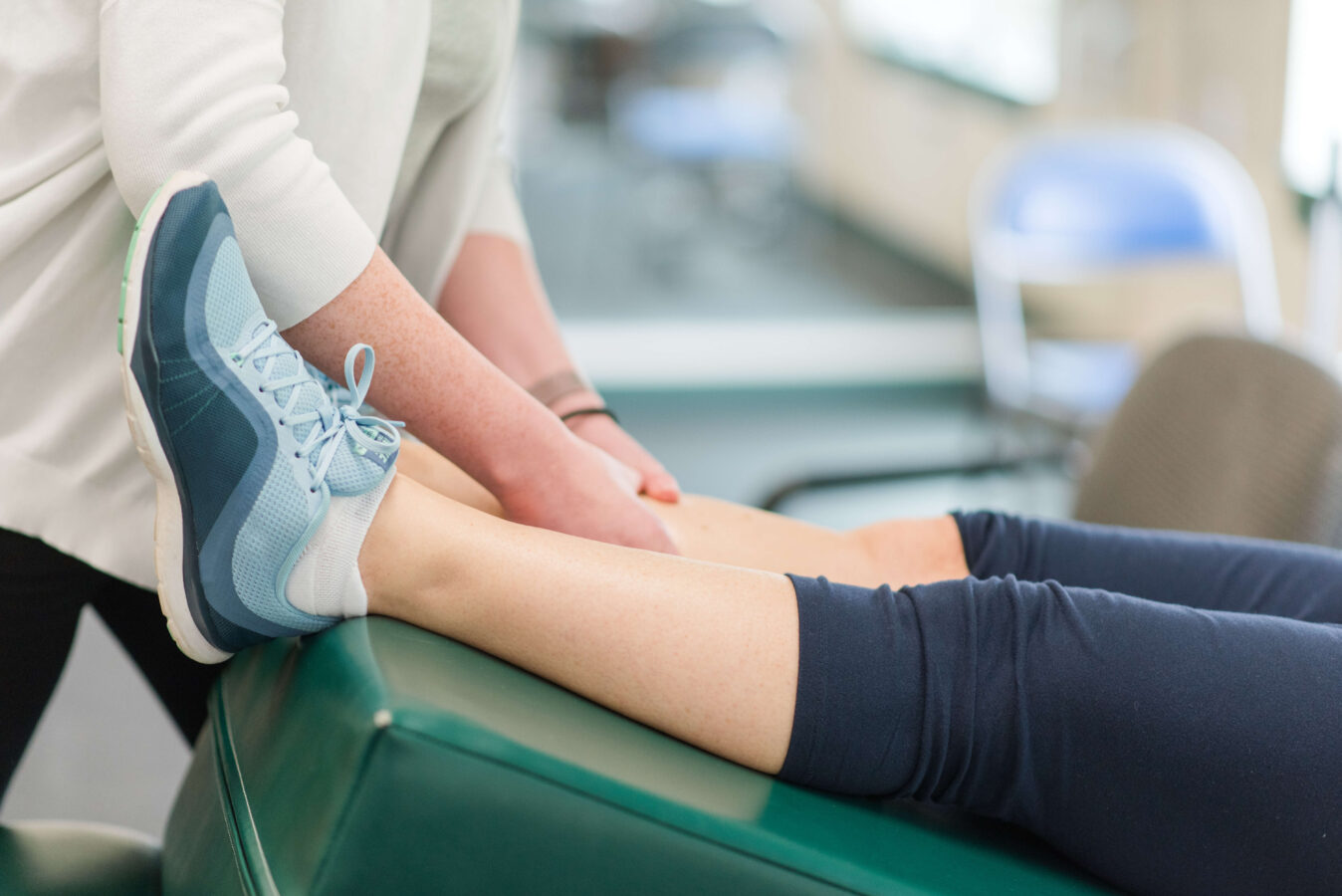
Medically reviewed by Misty Seidenburg
The body’s lymphatic system has several important jobs. This group of organs, vessels, and tissues work together to maintain a healthy balance of fluids throughout the body, and fight off infection. If this system isn’t working properly, fluid can accumulate and cause swelling in certain parts of the body. This is called lymphedema. Although lymphedema cannot be cured, it can often be managed effectively with physical therapy.
To understand how and why lymphedema occurs, let’s take a brief look at the human lymphatic system. The lymphatic system is a circulatory system that drains fluid called lymph from tissues and returns it back to the blood. It is a vital part of the immune system, helping to fight off disease.
The lymphatic system also works to transport nutrients, hormones, and waste, and maintain blood pressure. It is comprised of lymph vessels, organs, and tissues that help monitor lymph for germs, abnormal cells, and other unwanted substances, and remove them.
Lymphedema is tissue swelling that occurs when too much protein-rich fluid that is usually drained by the lymphatic system accumulates in a part of the body. Although lymphedema in the legs and arms is most common, it can also develop in the abdomen, chest wall, neck, and genitals.
Some people are born with lymphedema, or it can occur due to damage to the lymphatic system damage, often after surgery or infection. Trauma to the body from sports injuries, or deep cuts or bruises can also harm the organs and tissues of the lymphatic system.
Lymph nodes are small clusters of immune system cells that filter lymph and fight infections by destroying invaders like bacteria and cancer cells. We have lymph nodes in our neck, back, armpits, chest, stomach, and groin.
In individuals with cancer, tumors growing near lymph nodes or lymph vessels can interrupt the flow of lymph. Radiation can also cause inflammation or scarring of lymph nodes/vessels, affecting the right balance of fluid throughout the body.
Lymphedema can also occur if the lymph nodes are removed during surgery, often for cancer treatment. Risk factors for lymphedema include advanced age, excess weight, and some forms of arthritis.
Swelling in the affected extremity is the most common and obvious sign of lymphedema. When lymphedema occurs in the arms or legs, the fingers or toes are usually affected as well.
Other signs of lymphedema include:
Lymphedema symptoms vary from person to person. In the case of breast cancer treatment, for example, lymphedema may not appear until months or years post-treatment. It is important to treat lymphedema before it progresses. Untreated lymphedema can lead to more serious conditions like cellulitis, sepsis, and permanent changes in the appearance and texture of the skin. Consider using physical therapy to manage your lymphedema.
Generally, early-state lymphedema can be managed without surgery. Research shows that lymphedema physical therapy is beneficial for patients living with the condition, helping them to manage symptoms and enhance their overall well-being. When patients feel and move better, their quality of life improves.
After a thorough physical therapy evaluation to assess your health history, symptoms, and limitations, your physical therapist creates a lymphatic treatment plan.
Lymphedema therapy may include a combination of the following treatments:
Physical therapy is a journey that is continually evolving. Your therapist measures your progress and adjusts treatment as your symptoms and needs change throughout the process.
Your physical therapist may recommend things you can do at home to manage and prevent symptoms from recurring. To relieve swelling, elevate the affected part of the body and wear lymphedema wraps for compression demonstrated by your physical therapist. Gentle lymphatic massage will help guide the flow of lymph fluid throughout the body.
Exercise is another great way to encourage blood flow and lymphatic drainage. Ask your therapist to recommend movements and activities for you to do at home between appointments.
To prevent infection, it is very important to take steps to protect the skin around areas of lymphedema from injuries. That means keeping the hands and feet clean and covered whenever possible, avoiding sun exposure, and treating wounds as soon as possible.
It’s important to remember that lymphedema is a chronic condition that requires long-term management. Consider resuming physical therapy if the condition is not responding to self-care. Find a physical therapy clinic near you.
External Sources: